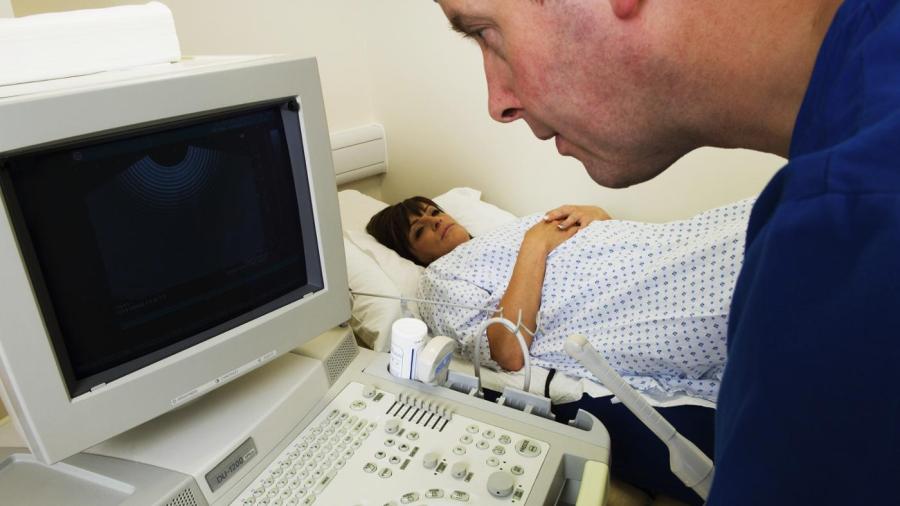What Is a Hypoechoic Ovarian Cyst?

According to the National Center for Biotechnology Information, “hypoechoic” refers to being filled with fluid or solid. A hypoechoic ovarian cyst is therefore a mass on the ovaries that is solid or fluid-filled. Depending on the complexity of the cyst, a hypoechoic ovarian cyst might be cancerous or benign, Ovary Disease points out.
Ovary Disease states that ovarian cysts are benign 99 percent of the time. Benign ovarian cysts are more likely to occur if women are taking infertility agents, become pregnant, have thyroid problems, or are smokers.
Ovary Disease lists cystadenomas as one type of non-cancerous hypoechoic cyst that is filled with mucous. Another example of a benign hypoechoic cyst is an endometrioma, sometimes called a “chocolate cyst.” An endometrioma is a blood-filled cyst formed from endometrial tissue and found inside the ovaries. Although these cysts are not cancerous, Wikipedia points out that they are painful; surgery to remove them is a viable option.
Cancerous ovarian cysts are rare. When they do occur, it is typically on the surface of the ovary, according to Ovary Disease. Those with a family history of ovarian and breast cancer are more likely to experience cancerous ovarian cysts. Caucasian women who are older also have a greater chance of contracting ovarian cancer. Other risk factors include infertility and genetic mutations.





